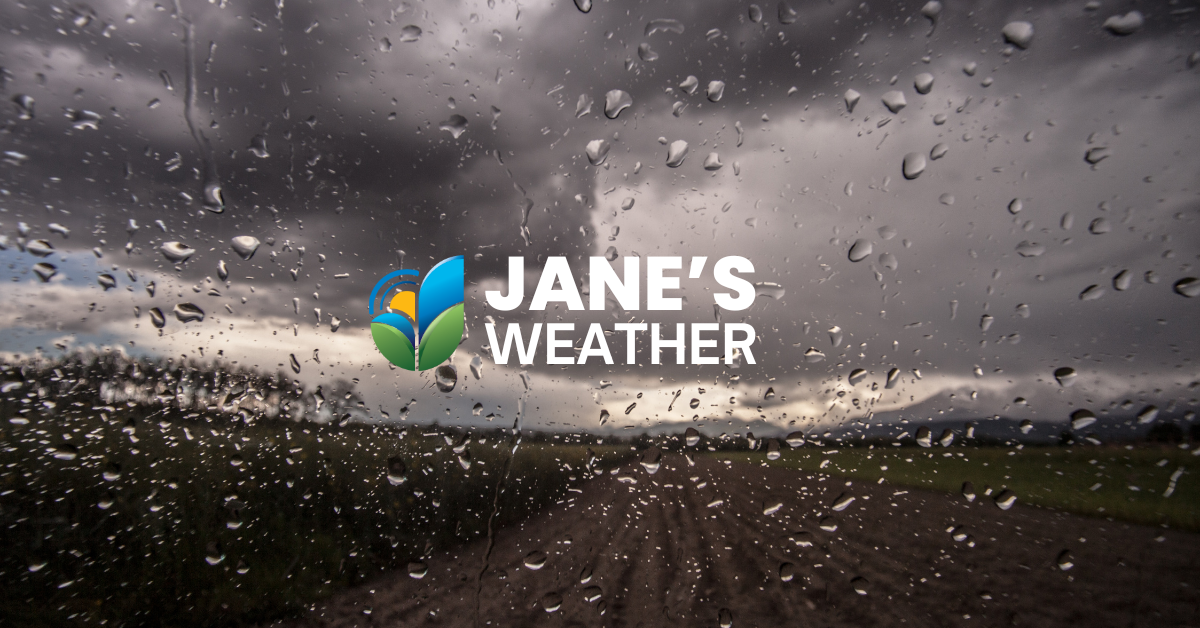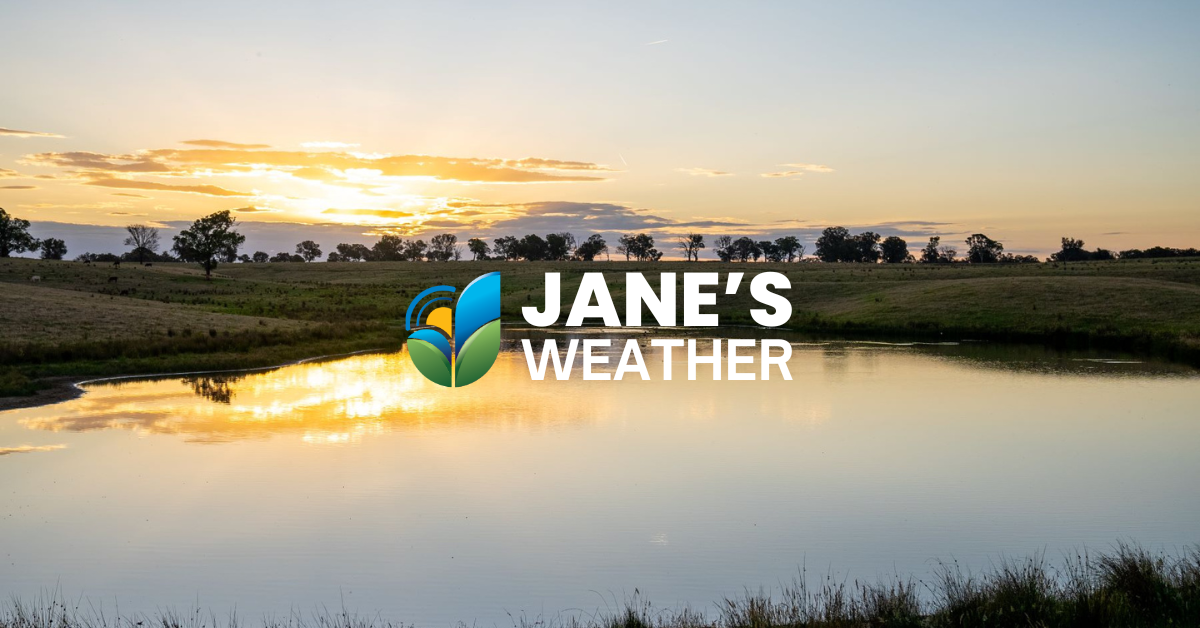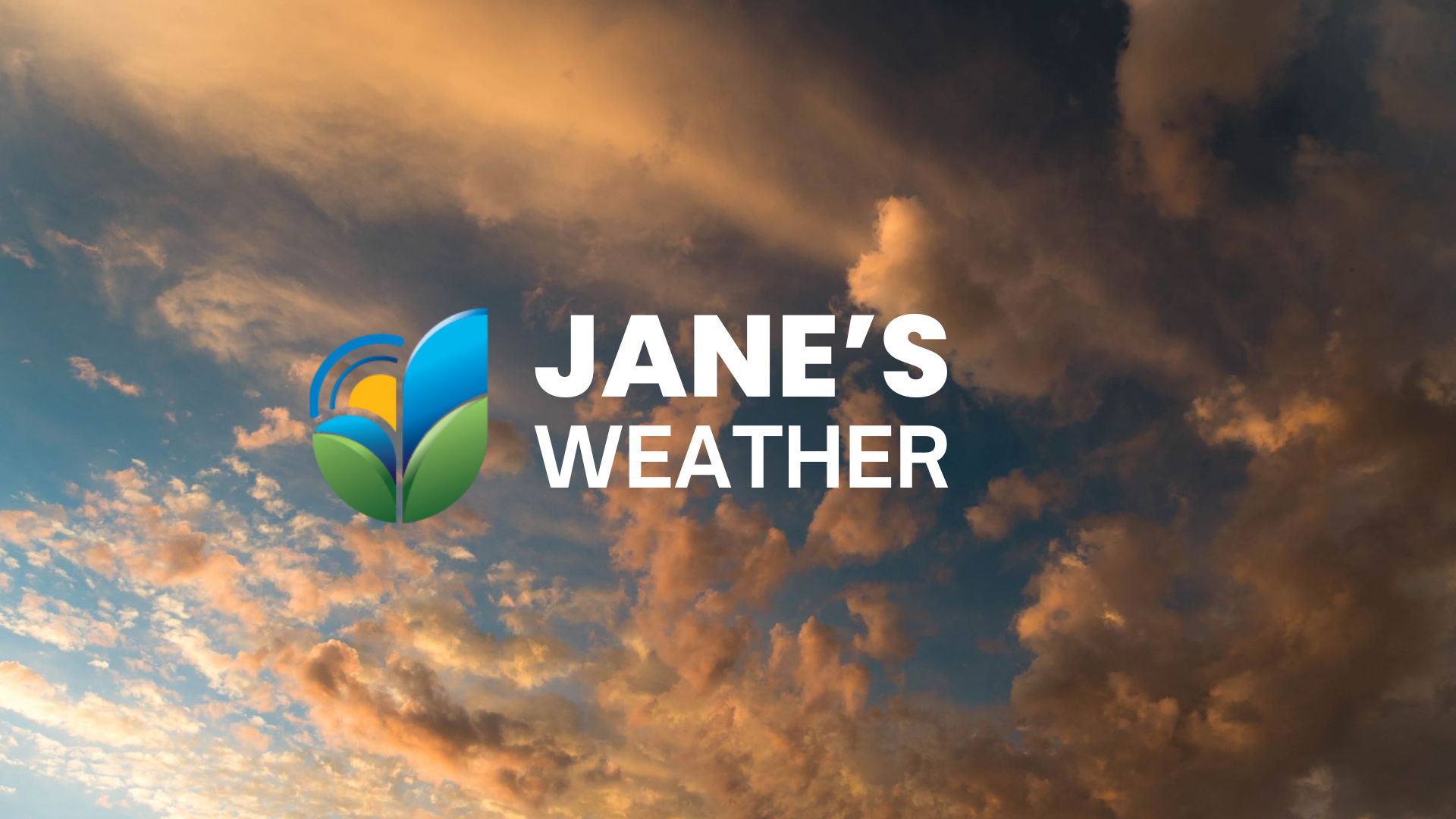Mixed outlook as we head into Christmas
We have a brief burst of heat in the southeast, followed by showers and storms to the east of the trough which brings a cool change.
2 min read
 Jane Bunn - Jane's Weather
:
Mar 28, 2025
Jane Bunn - Jane's Weather
:
Mar 28, 2025

Rain over the next week is favouring the northeastern half of the country - a pattern that we've seen a lot of.
In order to make it rain you need moisture and low pressure to work together.
We have plenty of moisture from the warmer than average waters that surround the country, but you need to be on the right side of the low pressure to turn that into rain.. and that is literally to the 'right' as it's to the east of the low.
Over the next week we will see a low moving from southwest Queensland, across NSW, then out to sea. Then there is a low grade tropical cyclone in the northwest, that pushes rain across the north of the country once again. Meanwhile, there is little if any rain reaching the southwestern half.
Potential rainfall over the next week
‘Week 2’ (from Monday, April 7) looks to have rain only up the top of the country, and nothing really to push it further south. The map shows a hint of a connection, but focuses more on keeping it fairly dry, especially in the southeast.
Week 2 rainfall anomaly projection
In the long term the Pacific Ocean is heading 'El Nino' or 'neutral but close' mid to late this year. This has a drying effect, that can be offset by other climate drivers, and our warm waters around Australia.
The Indian Ocean is heading 'negative IOD' mid to late this year. This has an effect of increasing the moisture available from the Indian Ocean.
They tell us about the moisture … but the low pressure part of the equation is the harder thing to see in the long term.
SAM (Southern Annular Mode) is showing a lot of 'positive' in both the observations and forecast
If SAM, a driver that influences our weather systems, continues on a positive trend (like we had for the majority of last year, and have seen a lot already this year) - then high pressure may block that moisture from heading into the south where it is well and truly needed.
There are caveats to this: high pressure forms the shape of a jellybean, and cradles low pressure so it reaches the south (and lingers with good, soaking rain to follow), or the highs splitting so that a trough or low can make it through (ie what we have for the far southeast in the next few days). But the strong cold fronts meeting up with juicy northwest cloudbands are much less likely with a positive SAM.
For my full analysis settle in for my weekly update video:
Jane’s Weather provides hyper local weather forecasting based on the consensus of all the weather models, using Machine Learning and AI to calibrate the forecast to conditions at your farm. We include updates on temperature, rain and wind, along with evapotranspiration for efficient water usage, frost risk, growing degree days and a detailed spraying forecast customised for any property in Australia.
Posts By Tag

We have a brief burst of heat in the southeast, followed by showers and storms to the east of the trough which brings a cool change.

We've moved into a phase of weather with limited connection to tropical moisture, an ending Negative Indian Ocean Dipole, and a weak La Nina - so...

The leftover moisture from Cyclone Fina is meeting up with a trough over the centre of the country and it is set to spread significant rain...